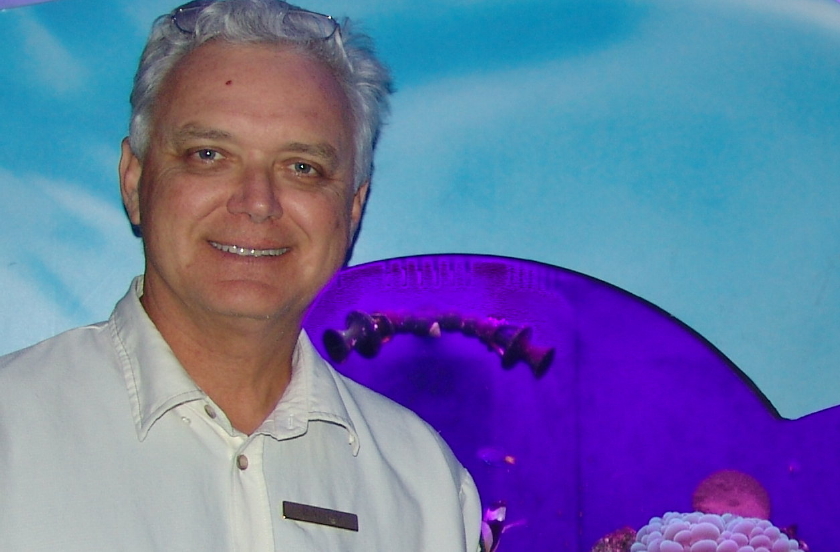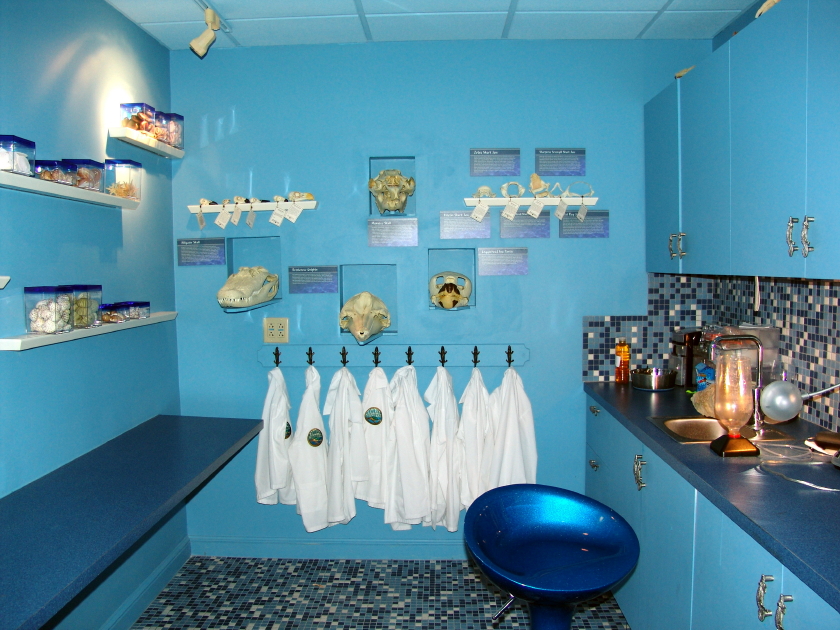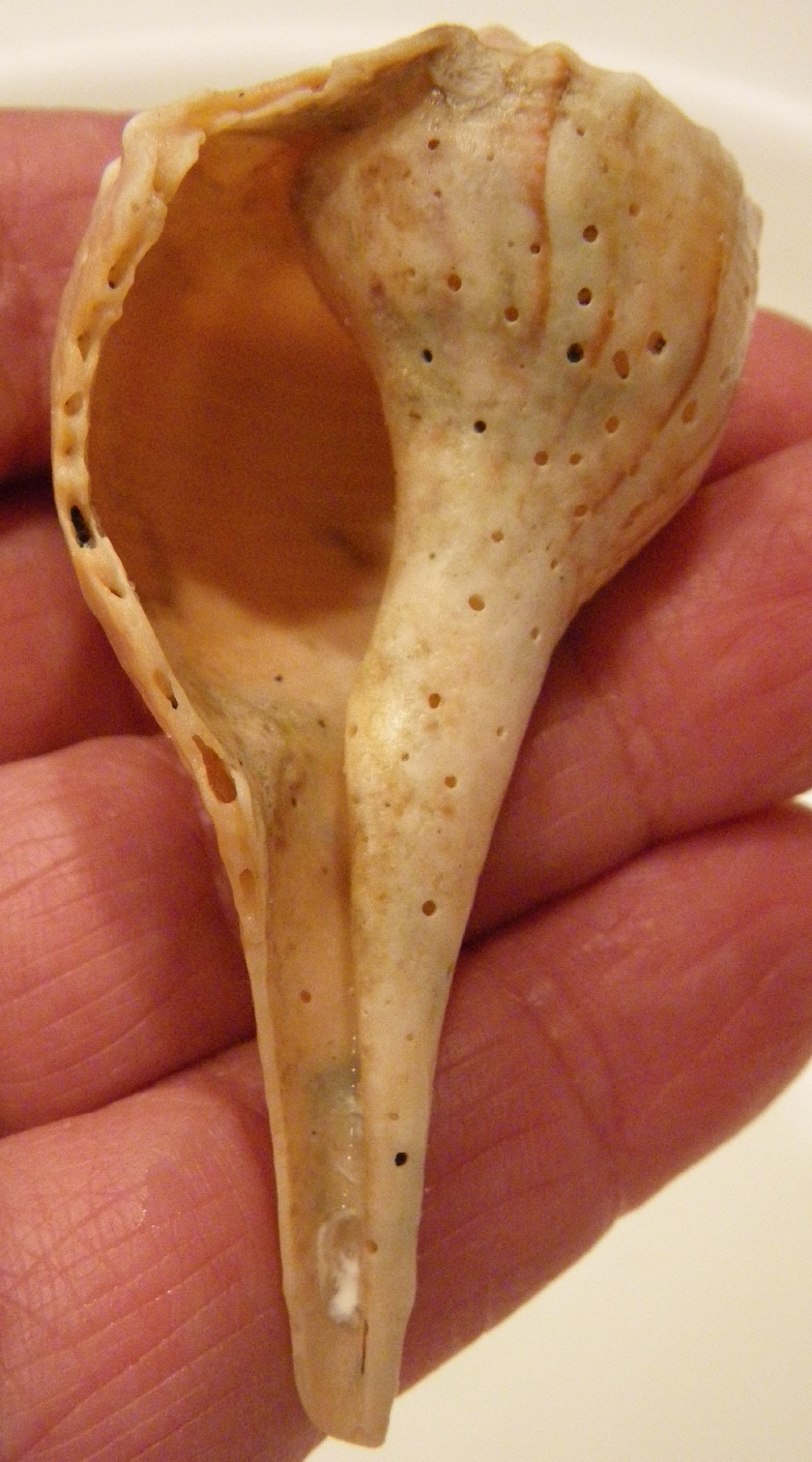Â
 Click Here to View Video in High Quality
Green Sea Turtle Foraging off Caribbean Reef
On Mexico’s Yucatan Peninsula, south of Cancun and southwest of Cozumel stand the most famous Mayan coastal ruins at Tulum.  Erected in the late 12th or early 13th century and occupied until well after the arrival of Europeans, Tulum is a fortified Mayan seaport on the Caribbean Sea.
Mayan Ruins at Tulum from the Sea
Mayans located Tulum at a break in the surrounding reefs, so that a lighted signal from the watch tower could safely guide vessels to its harbor.
Map of Walled Mayan Seaport ofTulum
First mentioned by a Spanish expedition in 1518, Tulum was described as a city rivaling Seville. One can image how impressive these structures might appear to European explorers sailing along the Yucatan coast. After weeks crossing the Atlantic Ocean’s stormy grayness, then perhaps spotting a primitive village or two on an isolated island, Spanish sailors would be confronted by towering stone palaces and temples in the midst of lush, endless nothingness.  Situated on 40 foot rock cliffs overlooking the Caribbean Sea, Tulum would seem to these sailors as shocking as our finding a twin of New York City in the middle of the Amazon jungle. The experience would be completely and unbelievably out of context.
Tulum Beach
Surely not as impressed as the Spaniards, sea turtles have been using the beaches around Tulum as nesting habitat for tens of millions of years before humans ever thought of occupying the Americas. Green and loggerhead sea turtles continue to nest in the shadow of the Mayans. They forage in the reefs along the Yucatan coast, mate in waters off Yucatan beaches and come ashore from May through October, usually at night, to nest.
How fleeting are the works of man! In just a few hundred years, humans flee and buildings crumble, while sea turtles return millennia after millennia after millennia to the same nesting spot from whence they emerged.Â
“Sea Turtle Nesting Area” at Tulum
Diamondback terrapin volunteer researcher extraordinaire Becky Okrent, a Lieutenant Island and Manhattan Island resident, recently visited Akumal, Mexico. While in the Yucatan, she stopped by Tulum and snapped the photograph above of an “area de desove de a tortuga marina” (sea turtle nesting area) that she described as “nestled in between the Mayan ruins.” The last time I visited Tulum in the early 1980s there were no sea turtle exclusion areas. It’s nice to see that naturalists from Centro Ecologico Akumal have instituted sea turtle research and conservation measures in the Tulum area.
Becky Okrent Excavates Terrapin Hatchlings on Lieutenant Island
Turtle Journal applauds Becky Okrent for her outstanding work in rescuing diamondback terrapin hatchlings on Lieutenant Island in the late summer and fall, and also for her photographic documentation this winter of sea turtle nesting areas amidst the Mayan ruins at Tulum. It’s tough work spending summers on Lieutenant Island and winters on the Mayan Riviera, but someone has to do it. Hats off to Becky!
























